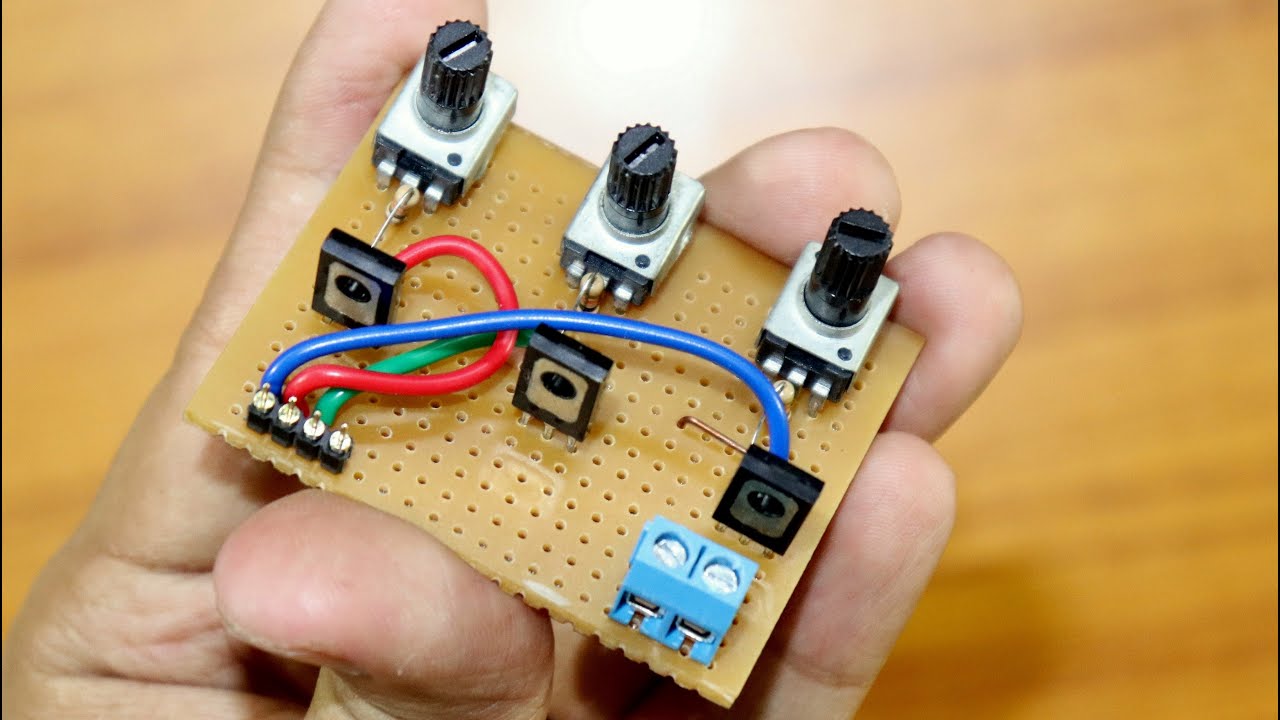
Best Way to Design a Basic LED Controller
LED controllers are essential components for managing the brightness and color of LED lights. Whether you are a hobbyist looking to create dazzling light shows or a professional designer working on immersive lighting installations, having a well-designed LED controller is crucial for achieving your desired lighting effects. In this article, we will explore the best ways to design a basic LED controller that meets your specific needs.
Understand Your Requirements
Before diving into the design process, it is important to clearly define your requirements. Consider the type of LED lights you will be controlling, the number of channels needed for controlling brightness and color, the interface options for interacting with the controller, and any additional features you may require.
Select the Right Components
Once you have a clear understanding of your requirements, it is time to select the components for your LED controller. Choose high-quality LED drivers, microcontrollers, and interface modules that are compatible with your LED lights and desired functionality.
Design the Circuit Layout
Next, design the circuit layout for your LED controller. Take into account the power requirements of your LED lights, the communication protocols needed for interfacing with the microcontroller, and any additional circuitry for controlling brightness and color.
Write the Control Software
After finalizing the circuit layout, write the control software for your LED controller. Use programming languages such as C or Python to develop custom firmware that communicates with the microcontroller and controls the brightness and color of the LED lights.
Test and Debug
Once the circuit layout and control software are ready, it is time to test and debug your LED controller. Use test patterns and calibration tools to verify that the controller is working as intended and make any necessary adjustments to ensure optimal performance.
Finalize the Enclosure Design
Finally, finalize the enclosure design for your LED controller. Choose a sturdy and aesthetically pleasing enclosure that protects the electronics and allows for easy access to the control interface. Consider adding mounting options for integrating the controller into your lighting setup.
Conclusion
Designing a basic LED controller requires careful planning, component selection, circuit design, software development, and testing. By following the steps outlined in this article, you can create a reliable and feature-rich LED controller that meets your specific lighting needs. Remember to always consider your requirements and design with scalability and flexibility in mind to adapt to future lighting projects.
Was this helpful?
0 / 0